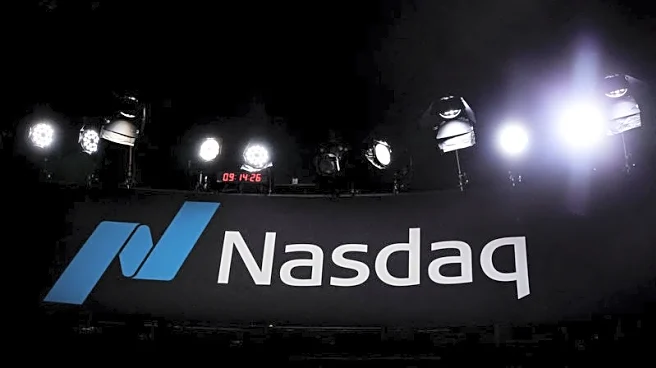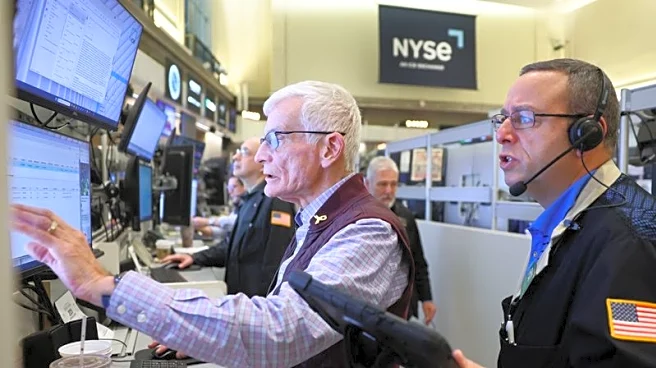What's Happening?
At the Southeast Entrepreneurship and Economic Development Symposium (SEEDS) held at the Drury Plaza Hotel Cape Girardeau Conference Center, Charles Gascon, a senior economist and research officer at the Federal
Reserve Bank of St. Louis, discussed current trends in the job market and agriculture. Gascon noted that while the unemployment rate in the U.S., Missouri, and Cape Girardeau remains low, it is slightly increasing as people take longer to find jobs. This trend is consistent with a healthy labor market, but indicates a cooling in labor supply and demand. Gascon explained that the number of jobs needed by the economy each month has decreased compared to the previous year, leading to a more stagnant labor market. Despite fewer job openings, jobs are still being added to the economy, and fewer workers are quitting due to a lack of openings and reduced pay increases from job switching.
Why It's Important?
The insights shared by Gascon at the SEEDS conference are significant for understanding the current state of the U.S. labor market. The cooling of labor demand and supply suggests a shift towards a more balanced but stagnant market, which could impact economic growth and business strategies. Employers are reportedly content with current employment levels and are not actively seeking to expand their workforce, partly due to economic uncertainty and investments in technology like artificial intelligence to boost productivity. This trend could affect job seekers, who may face longer periods of unemployment and fewer opportunities for wage increases through job changes. Businesses may benefit from stable employment costs but could face challenges in scaling operations without increasing their workforce.
What's Next?
As the labor market continues to cool, businesses may increasingly turn to technology to enhance productivity rather than expanding their workforce. This could lead to further investments in artificial intelligence and other technologies, potentially reshaping job roles and industry dynamics. Economic uncertainty may persist, influencing employer decisions on hiring and expansion. Job seekers may need to adapt to a market with fewer openings and slower wage growth, possibly focusing on skill development to remain competitive. Policymakers might consider measures to stimulate job creation and address the challenges posed by a stagnant labor market.














